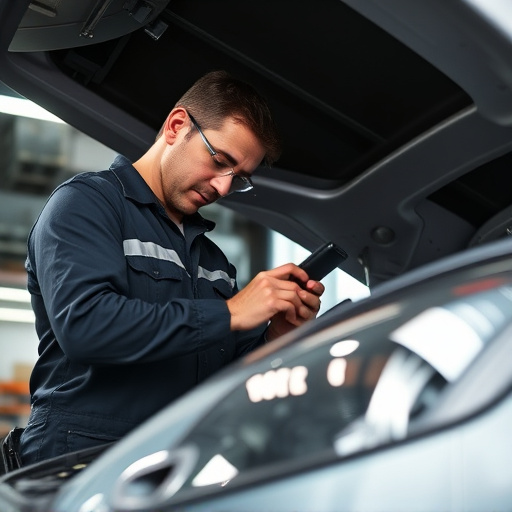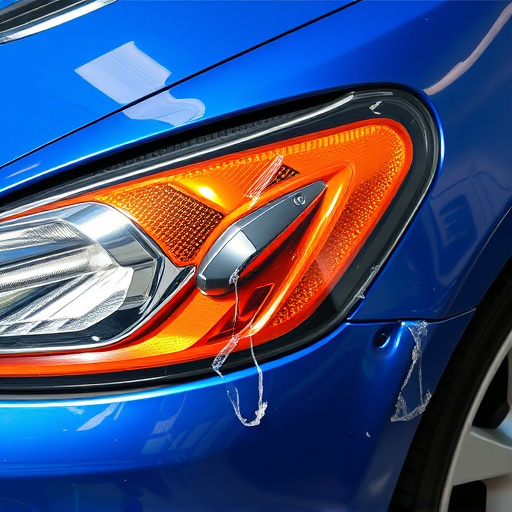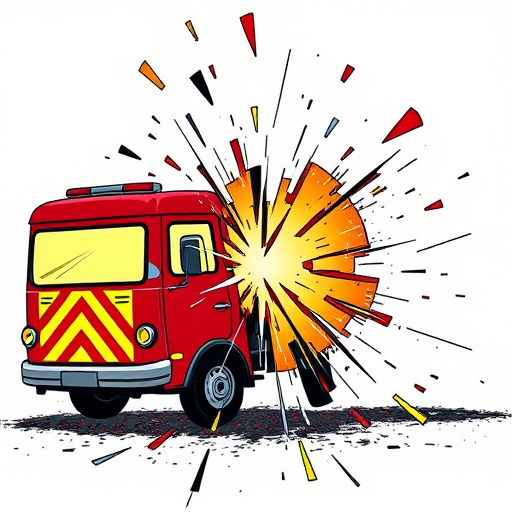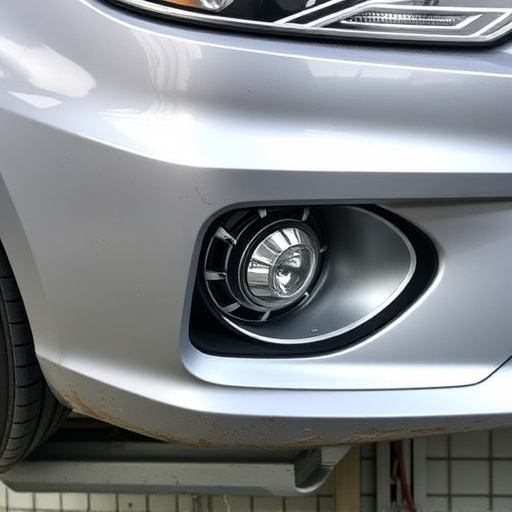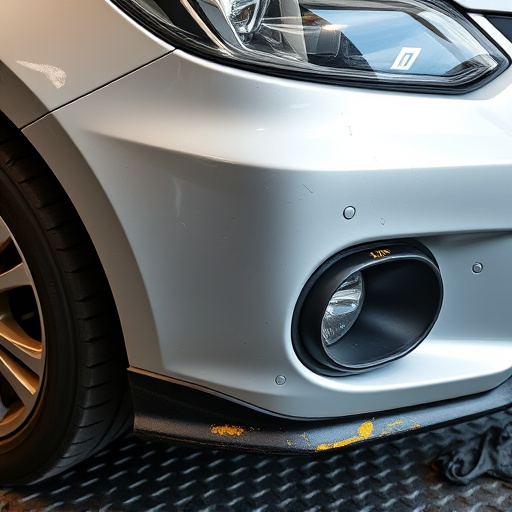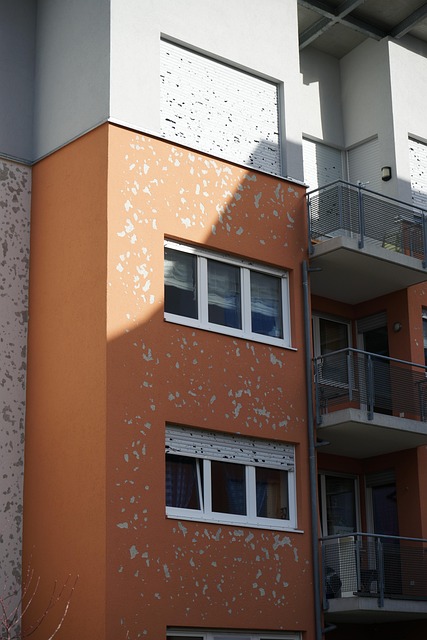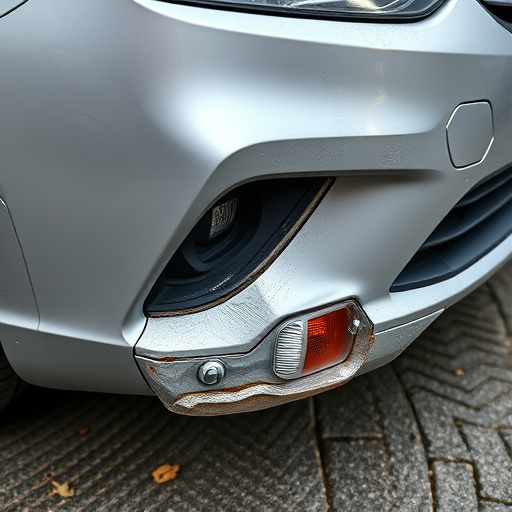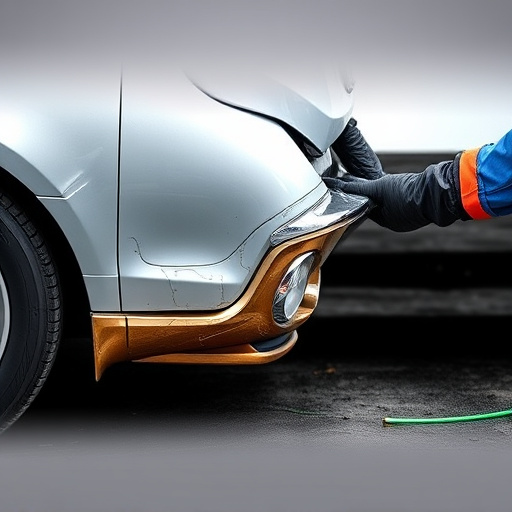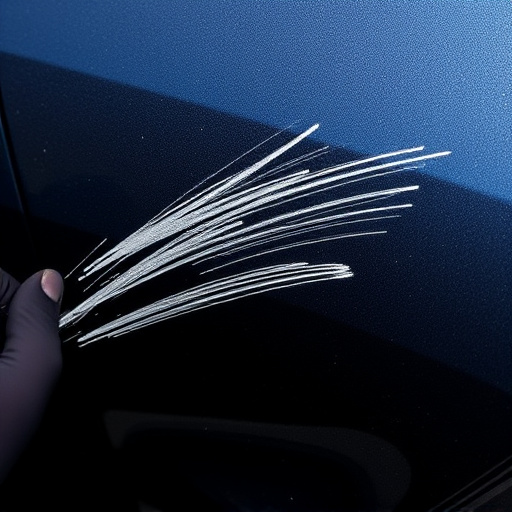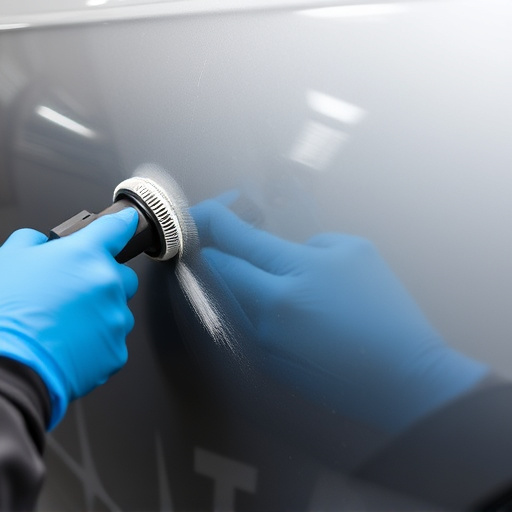Incorporating 3D vehicle scanning into collision centers offers unprecedented precision and efficiency in auto repairs compared to subjective human assessment methods. This technology creates highly detailed digital models, minimizing errors, streamlining the repair process, and improving fit and finish. By enhancing accuracy and reducing rework, 3D scanning benefits customers through lower costs and faster turnaround times, while also ensuring parts compatibility and maximizing structural integrity.
In today’s automotive industry, precision and efficiency are paramount during repairs. Adopting 3D vehicle scanning as a standard practice offers significant advantages over traditional measurement methods. This technology enhances accuracy by minimizing human error, ensuring part compatibility, and providing detailed digital archives. By streamlining workflows, 3D scanning saves time and costs while improving safety and quality control. It’s time for workshops to embrace this game-changer, revolutionizing how vehicles are repaired and maintained.
- Enhancing Precision and Accuracy in Vehicle Repairs
- – Discussion on the benefits of 3D scanning over traditional measurement methods
- – How 3D scanning minimizes human error and ensures part compatibility
Enhancing Precision and Accuracy in Vehicle Repairs
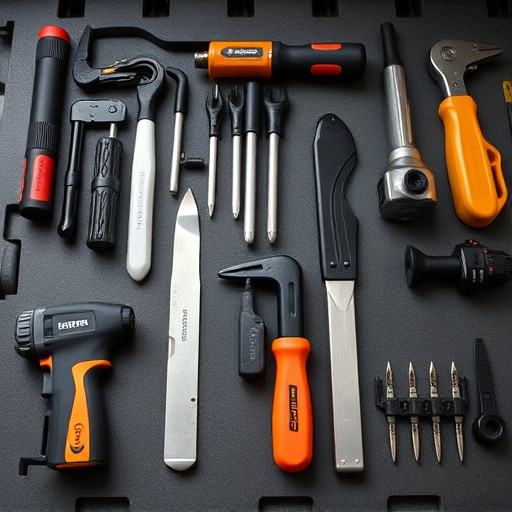
Incorporating 3D vehicle scanning into collision centers and collision repair shops has revolutionized precision and accuracy in auto repairs. Traditional measurement methods often rely on subjective human assessment, leading to inconsistencies and potential errors. 3D scanning technology captures highly detailed digital models of vehicles, providing exact measurements and clear visualization of damage. This enhances the accuracy of dent removal processes, ensuring every imperfection is accounted for during repair.
Furthermore, 3D vehicle scanning streamlines the entire repair process. By generating precise data from the initial scan, collision repair shops can plan repairs more effectively, minimizing time wasted on estimation and reworking. Accurate measurements translate to better fit and finish, resulting in higher-quality repairs that match the vehicle’s original specifications. This not only benefits customers but also reduces costs associated with rework and extended stay times at the collision center.
– Discussion on the benefits of 3D scanning over traditional measurement methods
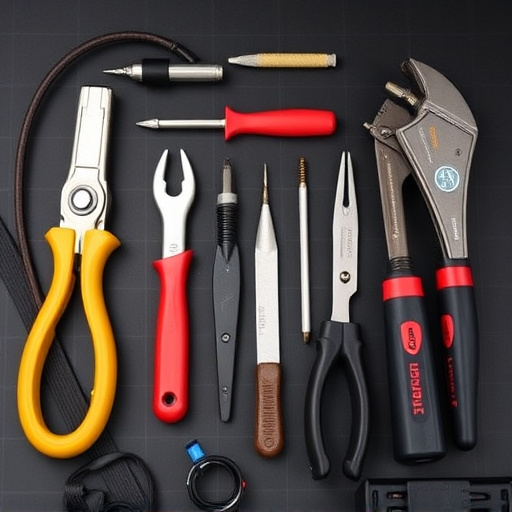
In the realm of vehicle repairs, particularly in automotive collision repair, adopting 3D vehicle scanning as a standard practice offers numerous advantages over traditional measurement methods. This innovative technology provides an unparalleled level of precision and efficiency, ensuring that every aspect of a vehicle’s structure is accurately captured and analyzed. With 3D scanning, technicians can obtain detailed digital models of the vehicle, allowing for comprehensive assessments and precise repairs.
Unlike manual measurements, which are time-consuming and prone to human error, 3D scanning delivers instant and highly accurate data. This technology captures complex geometries and subtle variations in vehicle components, enabling automotive repair services to identify even the smallest discrepancies. As a result, repairs are more effective, ensuring that vehicles return to their pre-accident condition with enhanced structural integrity. By embracing 3D vehicle scanning, repair shops can elevate their service quality, reduce turnaround times, and ultimately provide better value to their clients in the automotive collision repair sector.
– How 3D scanning minimizes human error and ensures part compatibility

3D vehicle scanning revolutionizes automotive repair services by providing an accurate and detailed digital representation of vehicles. This technology minimizes human error, as measurements are taken with precision, ensuring parts compatibility across various models and makes. With 3D scanning, collision centers and body shop services can quickly capture intricate vehicle dimensions, allowing for more exact repairs and replacements.
By leveraging this innovative approach, technicians can access a comprehensive digital blueprint of the vehicle, eliminating guesswork and the potential for human-induced errors. This precision is particularly crucial when dealing with complex automotive parts, where even minor discrepancies in measurement can lead to incorrect fits or incompatibilities. As a result, 3D scanning enhances the overall quality and efficiency of body shop services, ensuring customer satisfaction through precise and reliable repairs.
3D vehicle scanning is a game-changer in the automotive repair industry, offering enhanced precision and accuracy that traditional measurement methods simply can’t match. By minimizing human error and ensuring part compatibility, this technology streamlines the repair process, saves time, and ultimately results in higher quality work. As the world of vehicle repairs continues to evolve, adopting 3D scanning as a standard practice will be key to staying ahead of the curve.
